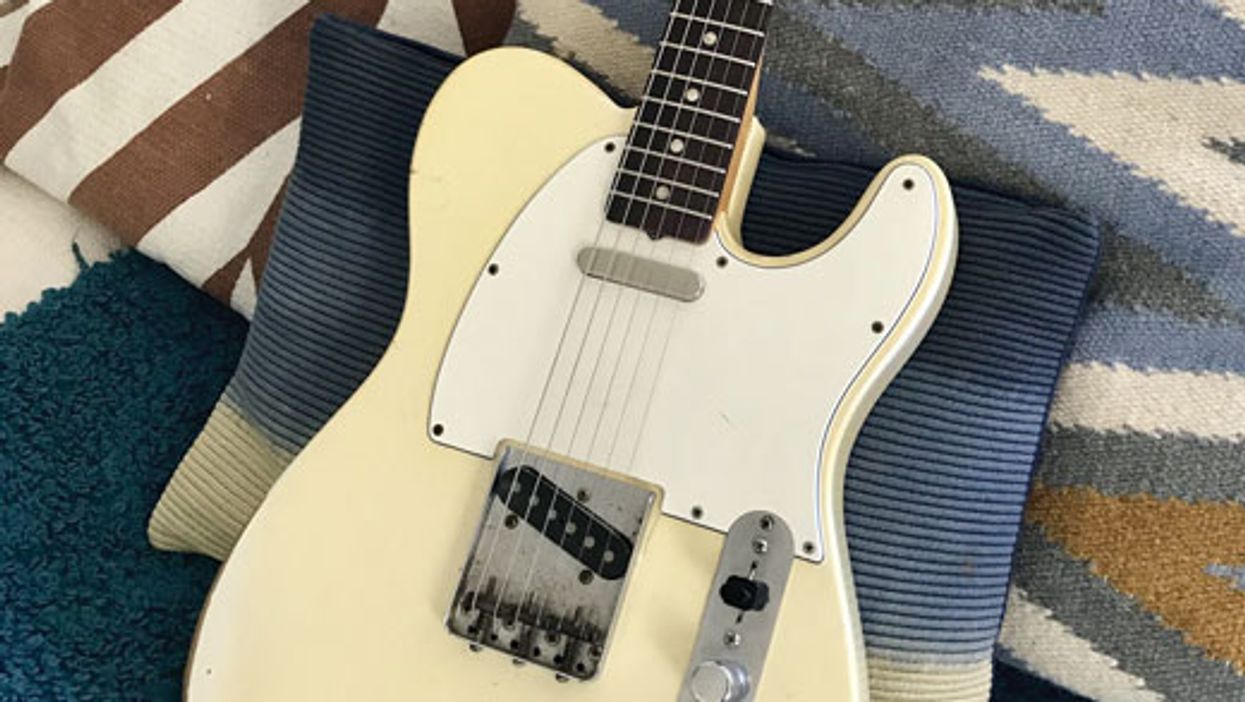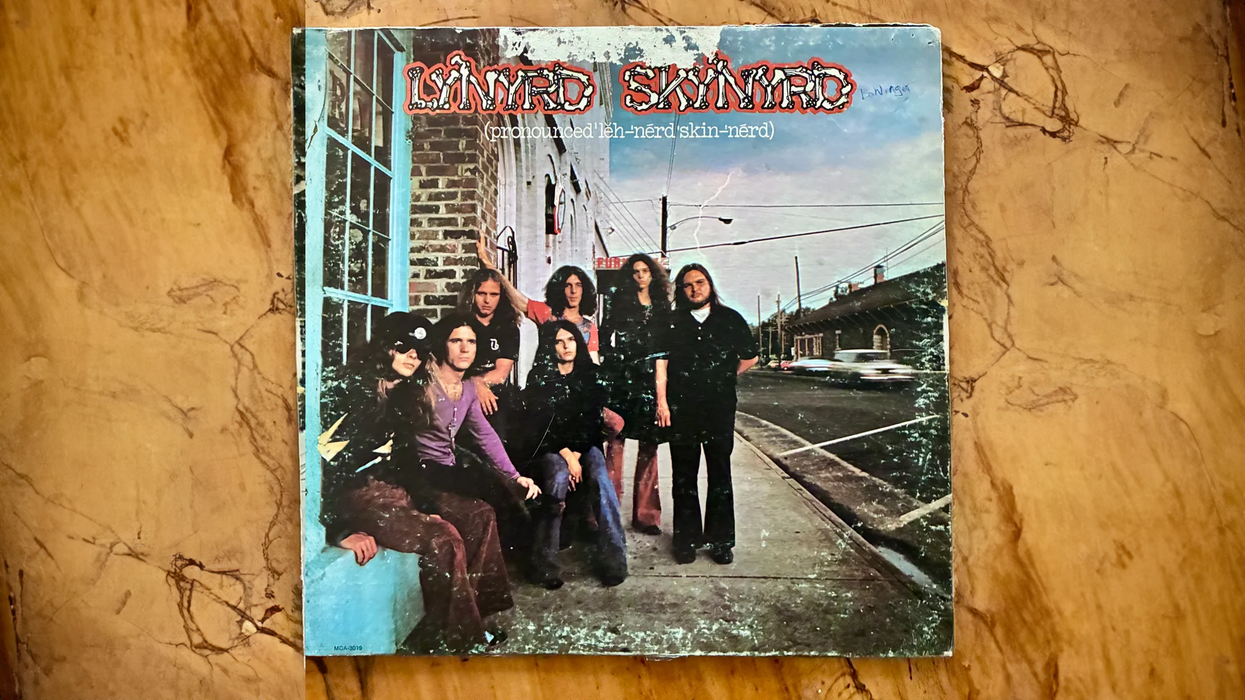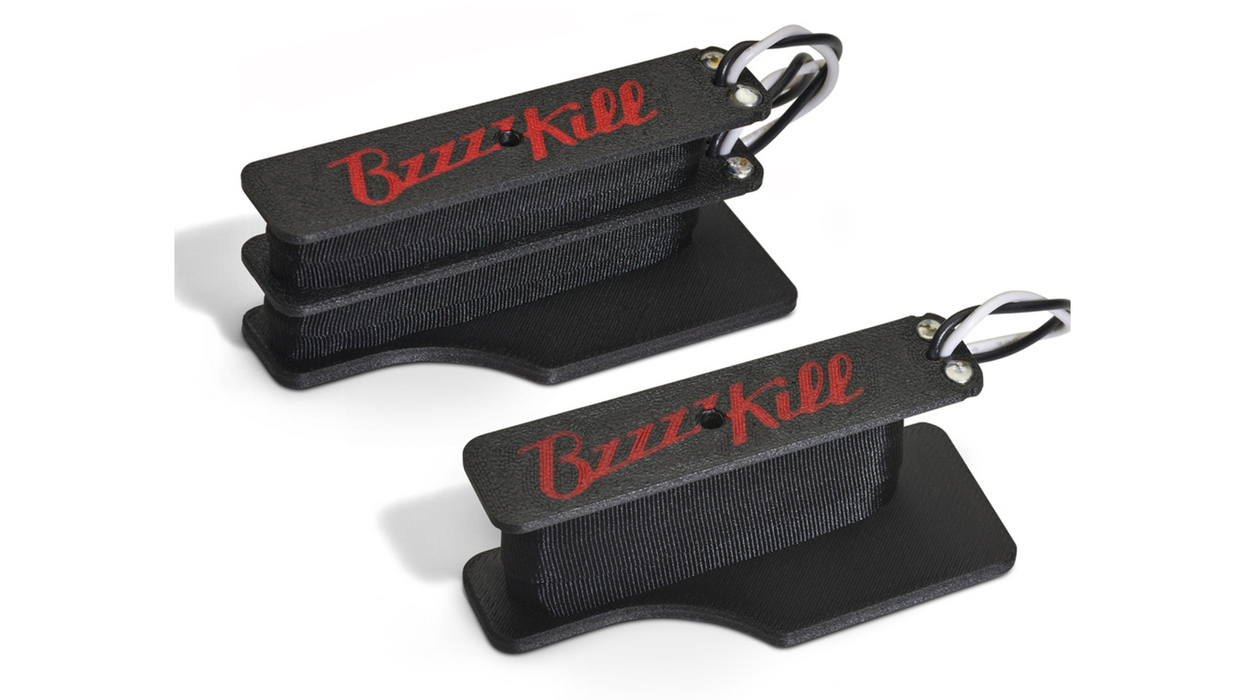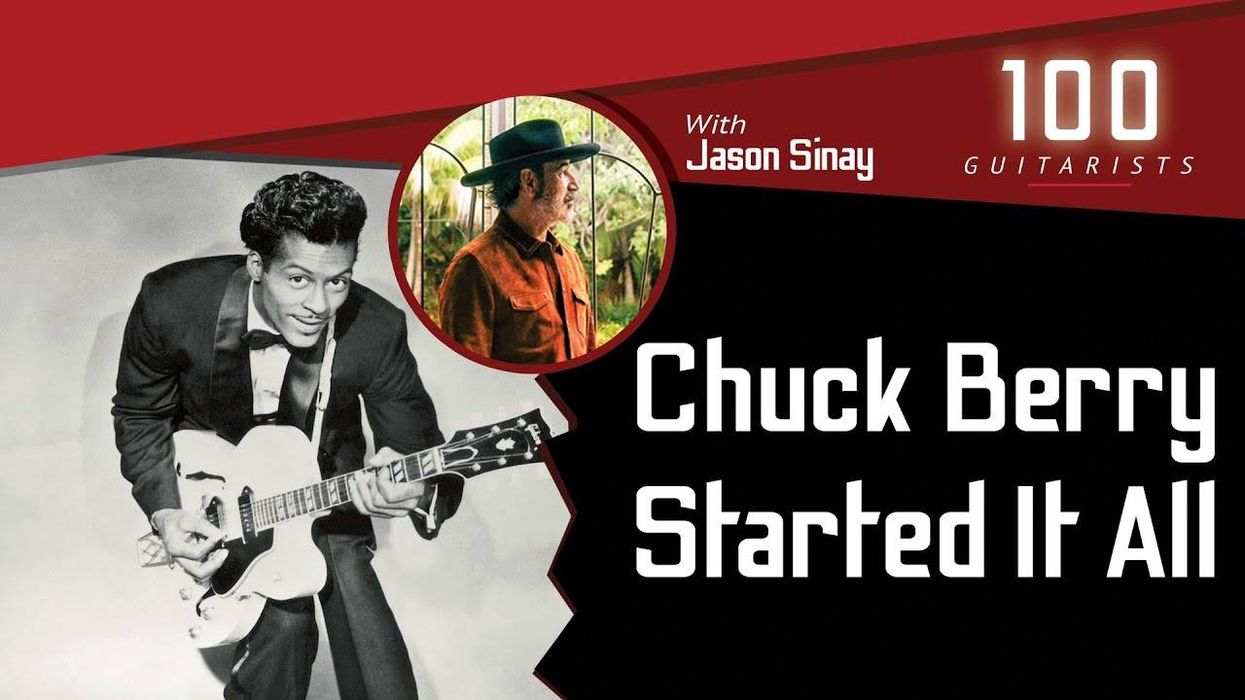Greetings, tone hounds! Premier Guitar receives quite a few questions about guitar mods and tonal tweaks, and I'm here to answer a few in this month's column. I'll preface by stating these are just my opinions. One man's “bright, ice-pick-y tone" can be another man's “clear, bell-like highs," so take my answers with a grain of salt. Just remember: If it sounds good to you, then it is good!
Do you ever opt for 300k pots with humbuckers, as opposed to the typical 500k pots?
With humbuckers, I'm a staunch advocate for true, 500k audio taper pots. I like the true tone of the pickup to come through, and I feel like 300k pots back you into a corner by dulling the top end. That's what the tone control should be used for! I think it's much better to fine-tune the cap value of your guitar's tone control(s) to allow for a predictable, tunable high-end roll-off that you can use when necessary. And then when you want to let it all hang out, you can run the tone on 10.
If you have a Gibson that sounds dark or dull, check the pots, because chances are they're 300k. Then give some true 500k pots a try and you'll likely hear your guitar as never before! RS Guitarworks is a great place to get tested 500k pots, tone caps, etc. They even offer pre-wired kits for popular guitar models.
What's your preference of caps: what values in what guitars with what type of pickups?
For my signature Suhr guitar, there is just one tone control, and we use a fairly standard tone-cap value there—.022 µF. We use a 680 pF capacitor and 150k resistor on the volume control to allow for a perfect roll down with no darkening of the tone. Strat-type guitars have traditionally used a few different values for tone caps, but I've found that I prefer .047µF.
Say you have a guitar you like but it's a bit too shrill. How, when, and why do you choose to dial in a guitar's tone by tinkering with components, rather than just gutting the pickups?
It's all a balancing act. I have a 1966 Telecaster, for example, and by the time I got it, the bridge pickup had become quite microphonic. (The base plate on these old pickups can become warped and render them kind of unusable.) Also, the original neck pickup had a short and was intermittent. I went to Ron Ellis, who made me a set of incredible pickups that just transformed that guitar. One thing he does to mitigate the sometimes overly bright bridge-pickup tone from a Tele is use alnico 3 magnets on the top three strings, and alnico 5 for the low strings. This subtly rolls off the highs on the top three strings and keeps the bass string tight and snappy. (Seymour Duncan does a similar thing with their Five-Two pickup by using—you guessed it—alnico 2 and alnico 5 magnets.) I find that the combo of the Ellis bridge pickup and vintage .05 µF tone cap gives me an articulate, classic-Tele sound that's easy to warm up by just rolling the tone control down a hair. You could also try experimenting with nickel strings for a warmer tone. It's a cheap mod!
The original steel saddles remain on my Tele, and while some might choose trying brass saddles for warmth, I get all I need out of the pickups and tone control for that. As a working player, I'm primarily focused on what will keep me in tune when it comes to bridge saddles and tuners. Nothing will destroy your tone faster than being out of tune, so I'm a big advocate for locking tuners, slippery nut material, and even locking bridge saddles. On my signature model, we are experimenting with a new Wilkinson tremolo that strings through the block like a traditional Strat bridge, but it locks the string in the saddle with a small Allen screw. I do tend to leave my vintage guitars vintage spec for the most part, but on newer instruments, all bets are off. I like innovation.
What are your thoughts on tweaking a humbucker's or P-90's tone using its pole pieces?
I generally leave pole pieces relatively flush with the top of the pickup. I always angle the bass side of the pickup lower than the treble side, and I balance the tone and volume of the pickups by adjusting their height using a clean sound with no compression. When I asked John Suhr his opinion on raising humbucker pole pieces, he said, “Personally, I don't like doing that. It makes them sound thin and snotty to me." He feels it's much better to tilt or raise the entire pickup, because once you back out the screws, you break the wax seal (if the pickup is wax potted), and a pickup could start to be microphonic.
Keep those questions coming and I'll answer more in a future column. Until next month, I wish you great tone!











![Rig Rundown: Russian Circles’ Mike Sullivan [2025]](https://www.premierguitar.com/media-library/youtube.jpg?id=62303631&width=1245&height=700&quality=70&coordinates=0%2C0%2C0%2C0)







